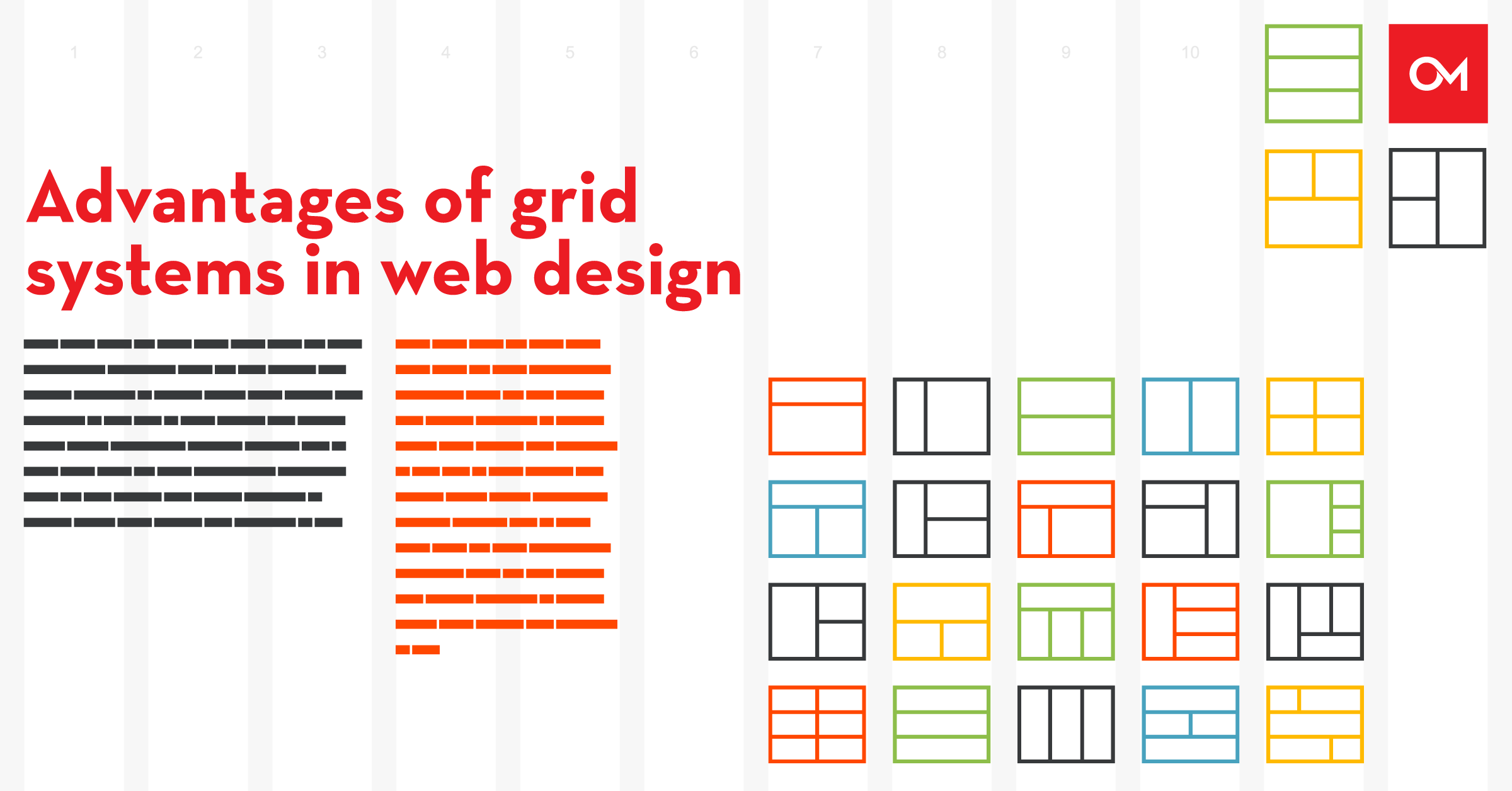

Modules: Individual units formed by the intersection of rows and columns in a modular grid.Rows help establish the vertical flow of content and maintain consistent spacing between elements. Rows: Horizontal divisions within the grid, often used in conjunction with columns to create a complete grid structure.Margins help frame the content and maintain consistency across various screen sizes and devices. Margins: The space around the outer edges of the grid separating the design elements from the edge of the canvas or screen.Gutters help improve readability and create a sense of order within the layout. Gutters (alleys): The space between columns providing breathing room and separation for content within the grid.

They help create balance, hierarchy, and consistency across different sections of a design. Columns: Vertical divisions of the grid, providing a structure for organizing content within the layout.Developers implement fluid grids using CSS and breakpoints, which define specific viewport widths at which the layout should adjust or reflow. Front-end devs achieve this fluidity using relative units like percentages instead of fixed units like pixels.įluid grids create a dynamic layout that resizes and adapts to the user’s viewport, ensuring an optimal experience across different devices and orientations. Fluid grids are a modern UI design approach that facilitates flexible, responsive layouts that automatically adjust to various screen sizes and devices.


 0 kommentar(er)
0 kommentar(er)
